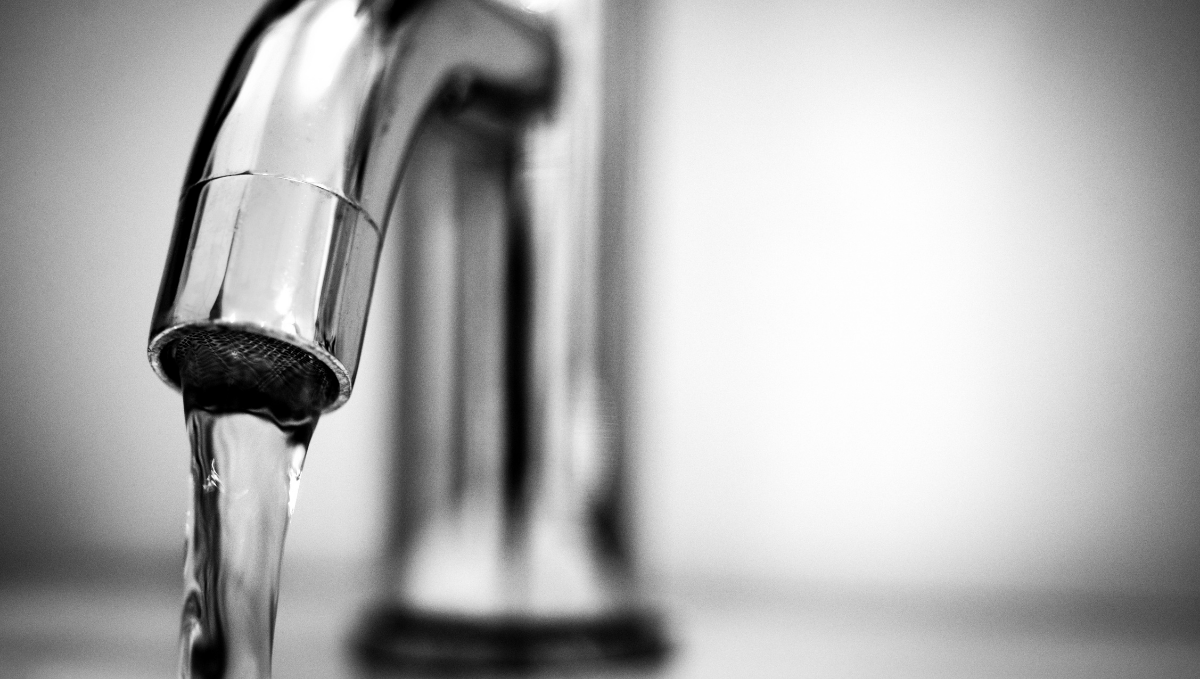
The water service line brings water into your home, but who is responsible for maintaining and fixing the pipes that go from the property line to the municipal water main and sewers? Surprise! It is not your municipality. The responsibility of the lines and pipes that run from the property line to your home belongs to you, the homeowner.
The city is responsible for maintaining and fixing the pipes that go from the property line to the municipal water main and sewers. Not sure exactly what to do to avoid water leaks and damage around your home? Take a look here to see how homeowners can learn the ins and outs of where their responsibilities lie where water service line and sewer pipe repairs are concerned to make your home a safer place to live.
Costs for service line repairs can be high
Sewer pipes carry wastewater from the home’s toilets, sinks, floor drain and laundry. Wastewater flows to a treatment plant. A break, clog, or leak in the water service lines and sewer pipes running to and from your home can cause a flood and thousands of dollars in damage if not taken care of properly.
Water pipe leaks and sewer pipe repair can be costly for homeowners to take care of if not covered properly in your insurance policy and has to be taken care of out of pocket. Homeowners are also responsible for repairing your property, such as resodding or repaving, after the pipes have been fixed.
This is why homeowners should educate themselves about their responsibilities, as well as staying up-to-date about the plumbing of their home. Since pipes are out of sight, they tend to go “out of mind” as a priority for homeowners to take note of.
Many municipalities are also giving homeowners a hand by providing information to help them manage water around their homes. Since each region has its own specific details on this subject, homeowners should look at their own municipality’s website to become informed on what to look for.
The best defence is a good offence
Common issues with pipes include corrosion, blocked drains and sewers, collapsed drains and grease buildup. A sag in the pipe is another issue as debris will collect there and cause blockages. Below are some things you can do to help maintain the water service lines and the sewer pipelines around your home:
- Have the sewer lines and water service lines checked by a licensed professional every year (including clearing out any clogs). That’s especially true if there are a lot of trees on your property. Tree roots can grow into the pipe through cracks or joints, leading to leaks.
- Install a full waterproofing system for the house. That includes a sump pump and a backwater valve. This is a device that is connected to your sewer line. It blocks water or sewage from flowing back into your home through the toilet, kitchen or bathtub drain pipes if there is heavy rain.
- Frozen pipes can burst. Before the first frost, unscrew hoses and insulate exposed pipes.
- Only flush toilet paper down the toilet. Items that do not belong in the toilet include wipes, feminine hygiene products, paper towels, dental floss, grease or oil, gum and cotton pads.
- Avoid pouring chemical-based pipe cleaners down the drain. Those products can eat away at pipes if not discarded the right way.
- Speak to your insurance agent about water service line and sewer/septic line coverage.
Your home is your castle. In the end, the cost to prevent problems on your property is far less than the financial and emotional costs of a flood or other issue in your water lines or sewer pipes. Not sure you are fully covered for water damage around your home? Speak to your OTC Insurance Broker to find out!
Sources:
https://www.canadianunderwriter.ca/insurance/home-insurance-exclusion-clients-probably-dont-know-1004136814
https://www.cbc.ca/news/canada/thunder-bay/thunder-bay-pinhole-leaks-homeowners-1.5773277
https://halifaxwater.ca/learn-explore
https://www.cbc.ca/news/canada/ottawa/sewer-line-insurance-canada-ottawa-staff-council-1.5956395
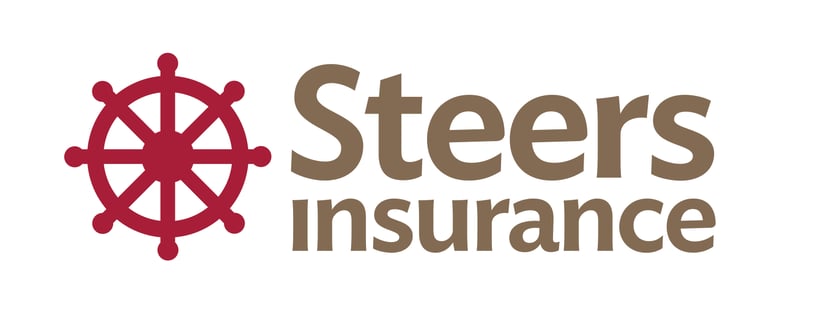

 ;
;
 ;
;
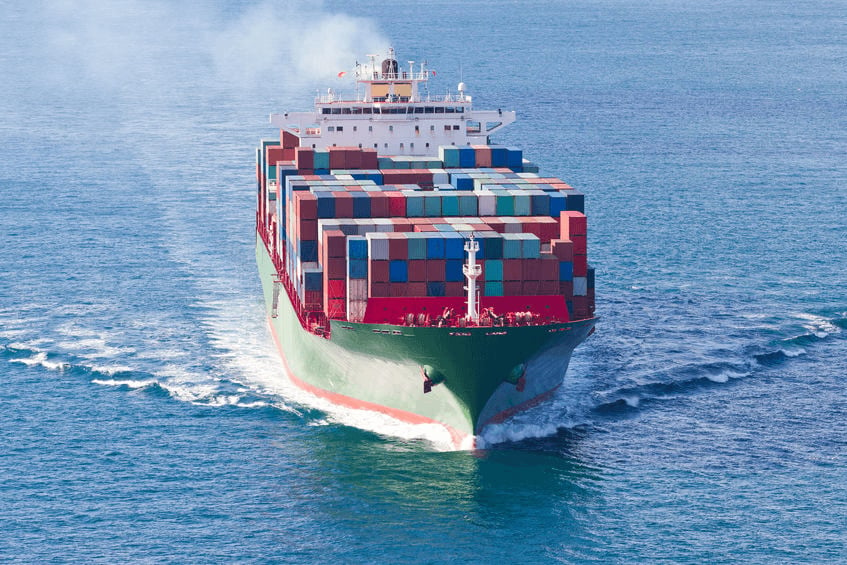 ;
;
 ;
;
 ;
;
 ;
;
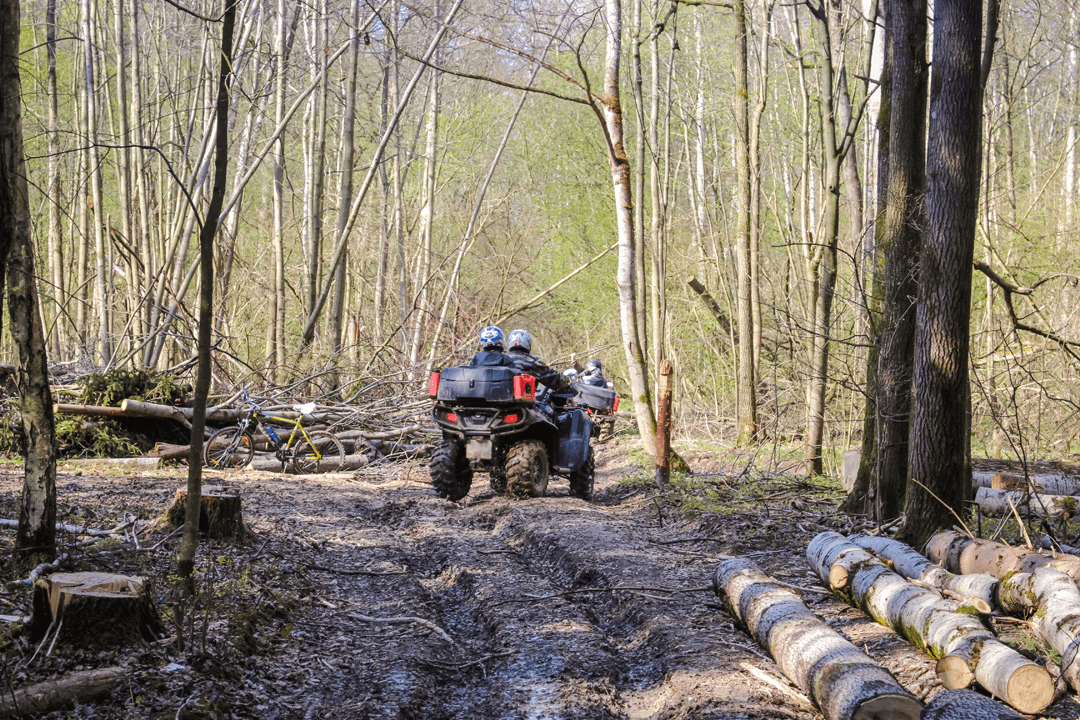 ;
;


